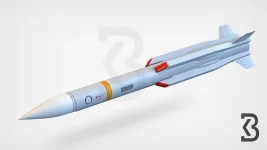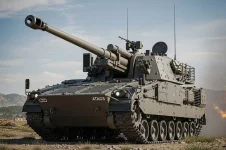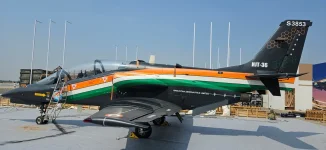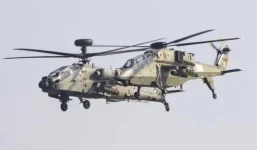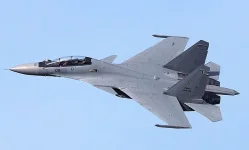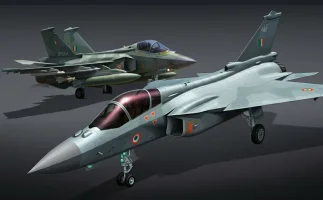- Views: 2K
- Replies: 6
India's Defence Research and Development Organisation (DRDO) is in the early stages of conceptualising a next-generation air-launched cruise missile (ALCM), according to sources familiar with the matter.
This forward-looking project aims to combine stealth design with supersonic speed, creating a formidable weapon capable of executing long-range precision strikes while bypassing sophisticated enemy air defence systems.
The proposed missile will be powered by Solid Fuel Ducted Ramjet (SFDR) technology, a cutting-edge propulsion system that India has been successfully testing for several years.
Unlike conventional solid-propellant rockets that carry both fuel and an oxidiser, an SFDR is an air-breathing engine. It ingests atmospheric oxygen during flight to combust its solid fuel, allowing the missile to maintain high speeds over great distances.
This efficiency is crucial as it enables a more compact and lighter missile design, a key requirement for achieving stealth characteristics.
A significant feature of this planned missile is its ability to travel at supersonic speeds, which is a departure from many existing stealth cruise missiles globally.
Most current stealth weapons, such as the American JASSM and the European Storm Shadow, are subsonic. While their stealth shaping and materials make them difficult to detect, their slower speed can provide enemy defence systems with a window to attempt an interception.
By developing a supersonic cruise missile, the DRDO aims to drastically reduce this reaction time, ensuring the weapon can penetrate heavily guarded airspace to neutralise high-value targets.
The use of SFDR technology directly contributes to the missile's proposed stealth capabilities. A lighter and smaller missile has an inherently lower Radar Cross-Section (RCS), making it significantly harder for radar systems to detect and track.
Furthermore, the unique properties of a ramjet engine could produce a different thermal signature compared to traditional rocket motors, potentially reducing its vulnerability to infrared or heat-seeking sensors.
This multi-layered approach to low observability is central to the missile's design philosophy.
This initiative is reportedly a spin-off from the Astra Mk3 air-to-air missile programme, which has now been named Gandiva. It represents a logical evolution of the DRDO's work on advanced missile systems.
While the stealth ALCM concept is still in its preliminary phase, its development signifies a major ambition for India's strategic defence capabilities.
If successful, this weapon would provide the Indian Armed Forces with a powerful standoff tool, allowing fighter aircraft to launch decisive attacks from well outside the range of enemy air defences, thereby enhancing national security and offensive potential.

